Creational Design Patterns in Java
In software design, one of the most common challenges is object creation. Objects are the building blocks of any application, but creating them efficiently, flexibly, and consistently can be complex. Should the object be created once or many times? Should it be created directly, or should the responsibility be delegated to another class? Should object construction be simplified for the client?
This is where Creational Design Patterns step in. These patterns deal specifically with the process of object creation. Instead of instantiating classes directly using the new keyword, creational patterns provide controlled, flexible, and reusable ways of creating objects.
Why Do We Need Creational Design Patterns?
At first glance, object creation may seem straightforward. But as applications grow, tight coupling and rigid construction logic can make maintenance a nightmare. For example:
- If you hard-code object creation inside a class, switching to another implementation later requires changing multiple files.
- Some objects are resource-heavy (like database connections) and need to be created only once.
- Complex objects (like documents, reports, or GUI components) need step-by-step construction instead of a bulky constructor with dozens of parameters.
Creational patterns solve these problems by separating the “what” (interface/abstraction) from the “how” (actual instantiation).
Types of Creational Design Patterns
In Java, there are five major creational design patterns:
- Factory Method Design Pattern
- Abstract Factory Method Design Pattern
- Singleton Design Pattern
- Prototype Design Pattern
- Builder Design Pattern
Let’s take a closer look at each.
1. Factory Method Design Pattern
The Factory Method provides an interface for creating objects but lets subclasses decide which class to instantiate. Instead of calling a constructor directly, clients rely on a factory method.
- Use Case: When a class cannot anticipate the exact class of objects it needs to create.
- Example in Java: The Calendar.getInstance() method, which returns different calendar implementations depending on locale.
2. Abstract Factory Design Pattern
The Abstract Factory pattern is like a factory of factories. It provides an interface for creating families of related or dependent objects without specifying their concrete classes.
- Use Case: When you want to ensure that a group of related products is created consistently.
- Example in Java: The DocumentBuilderFactory in Java’s XML API, which creates families of parser-related objects.
3. Singleton Design Pattern
The Singleton ensures that a class has only one instance and provides a global point of access to it.
- Use Case: When exactly one object is needed to coordinate actions across the system (e.g., logging, configuration).
- Example in Java: The Runtime class, where only one instance represents the running JVM.
4. Prototype Design Pattern
The Prototype pattern creates new objects by cloning existing ones, rather than instantiating classes directly.
- Use Case: When creating an object is costly (time-consuming or resource-heavy), and cloning is more efficient.
- Example in Java: The clone() method in Java, often used for duplicating objects with the same initial state.
5. Builder Design Pattern
The Builder separates the construction of a complex object from its representation, allowing the same construction process to create different representations.
- Use Case: When an object requires many parameters, especially optional ones, making constructors unreadable and error-prone.
- Example in Java: The StringBuilder class, which builds strings step by step.
Benefits of Creational Design Patterns
Adopting creational patterns provides several advantages in software design:
- Encapsulation of Object Creation: The creation logic is hidden from the client, reducing complexity.
- Loose Coupling: Clients depend on abstractions rather than concrete implementations.
- Flexibility and Scalability: Changing object creation strategy (e.g., switching from MySQL to PostgreSQL) becomes seamless.
- Improved Code Readability: Object creation is expressed in a clean, structured way.
- Reuse of Creation Logic: Common object creation processes can be reused across projects.
Conclusion
Creational Design Patterns are not just about making objects—they are about making them the right way. They ensure that systems remain flexible, maintainable, and adaptable to change.
In this overview, we explored the five key creational patterns—Factory Method, Abstract Factory, Singleton, Prototype, and Builder. Each solves a different aspect of object creation, and together they form the backbone of clean and scalable Java applications.
In the following sections, we will dive deep into each pattern individually, examining real-world analogies, detailed code examples, pitfalls, and best practices.
Next Blog- Factory Method Design Pattern in Java
 (3).png)
 (17).png)
.png)

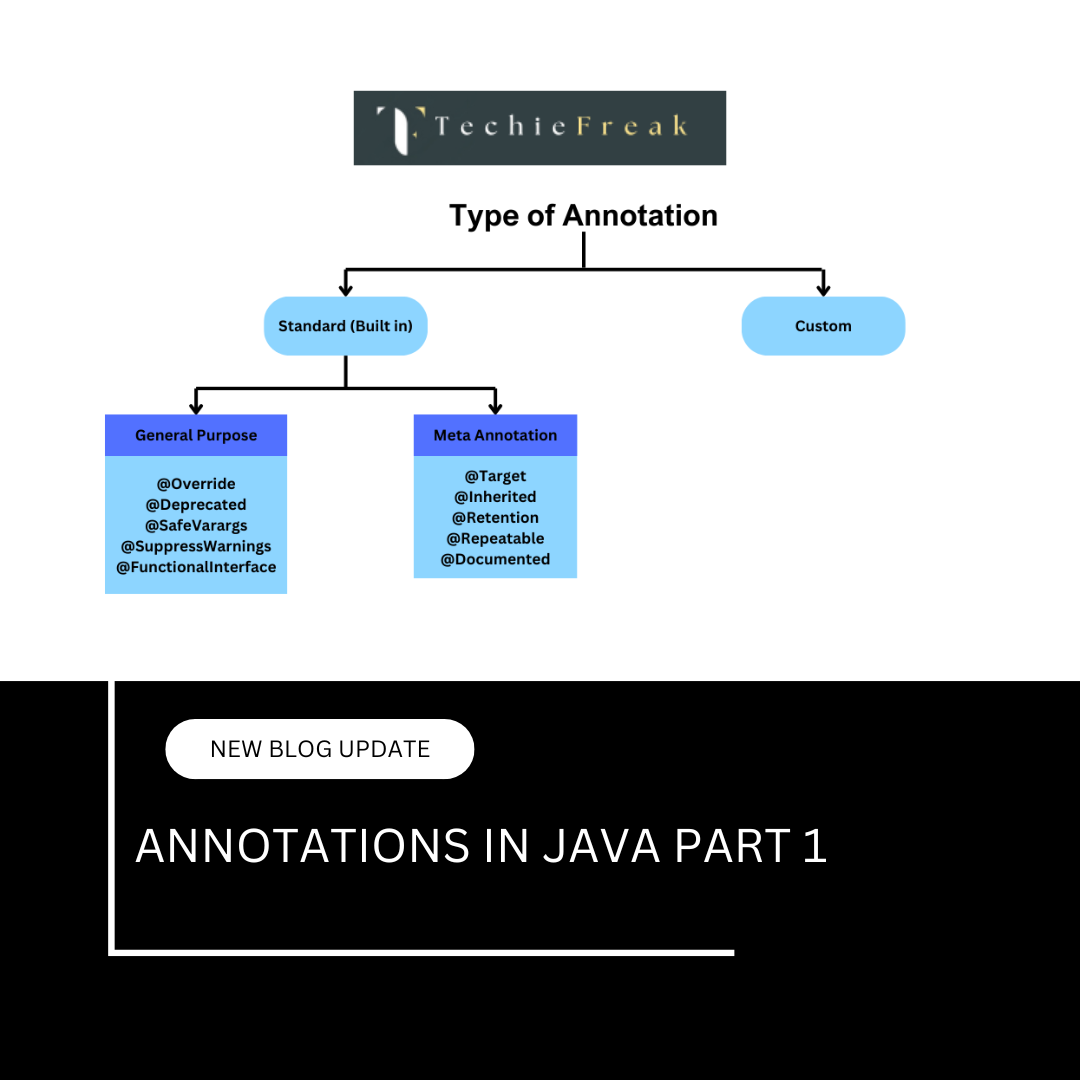
 (53).png)
 (18).png)
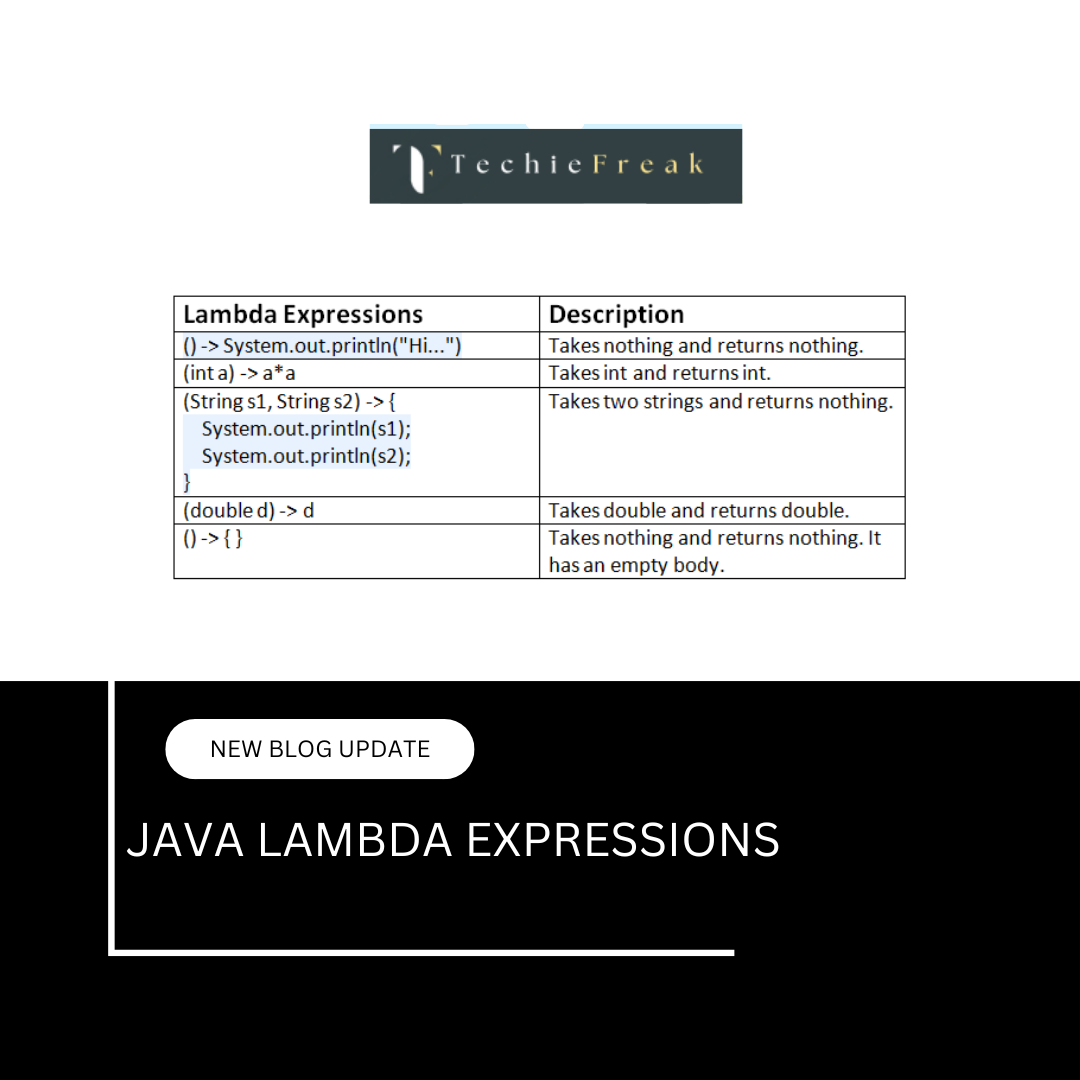
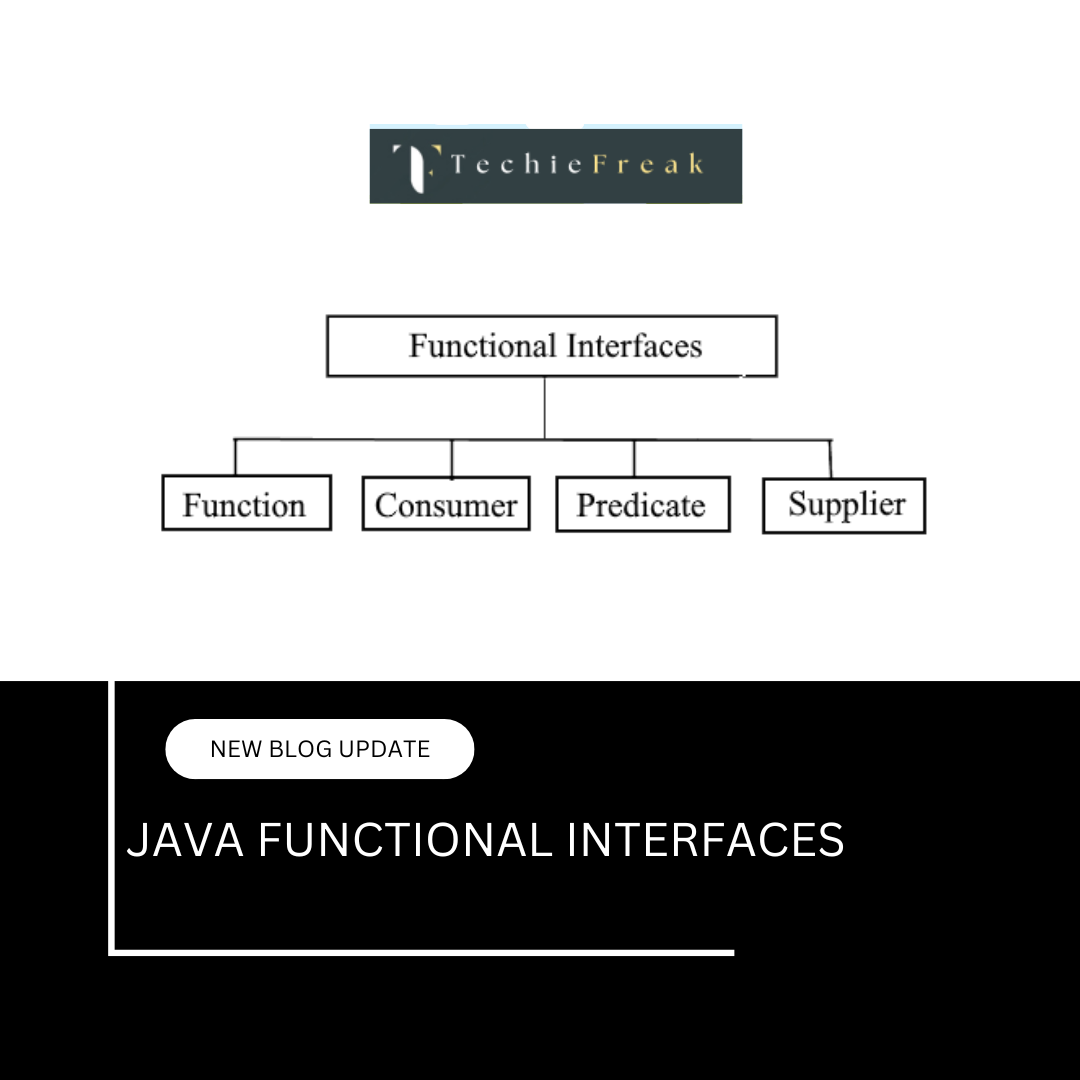

.png)
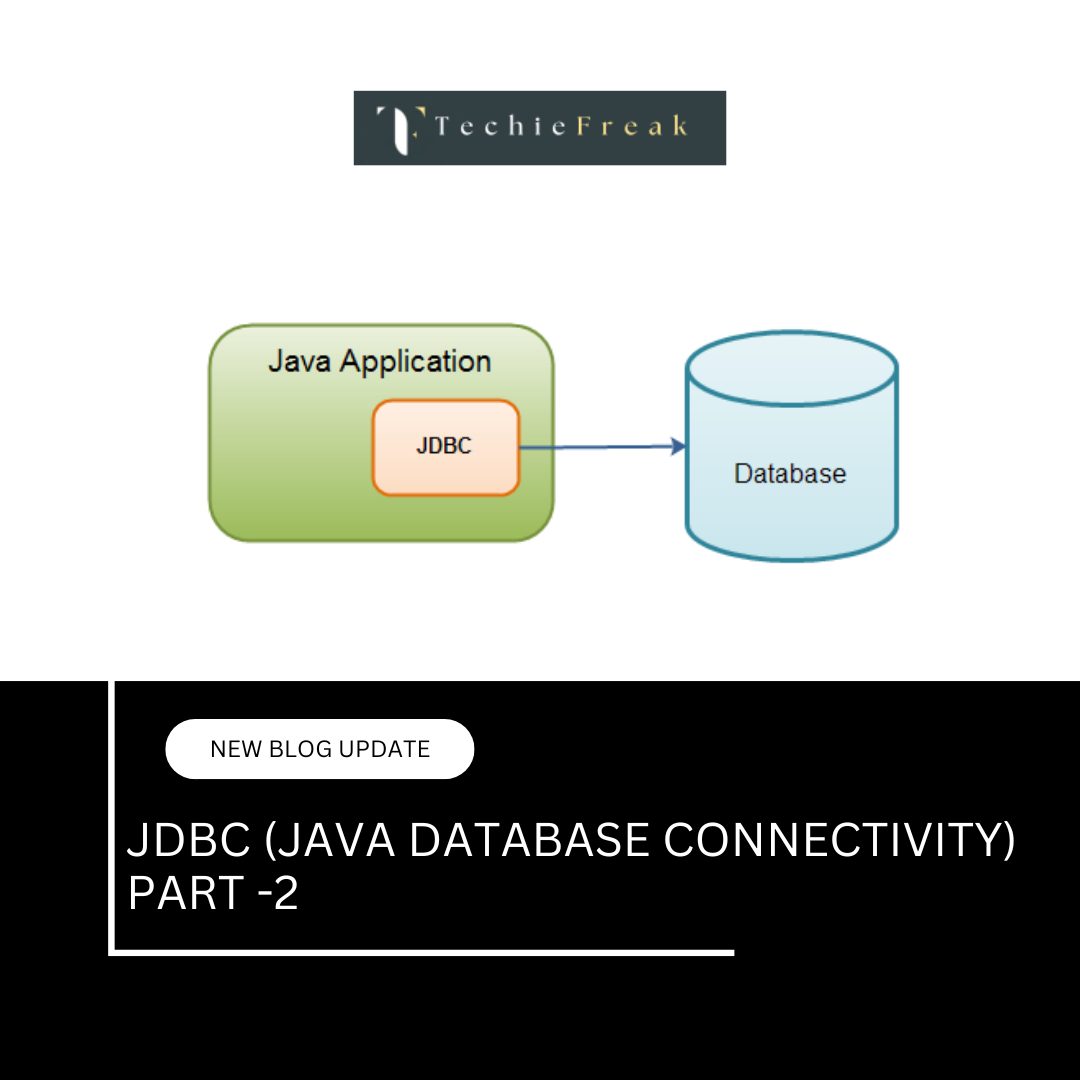
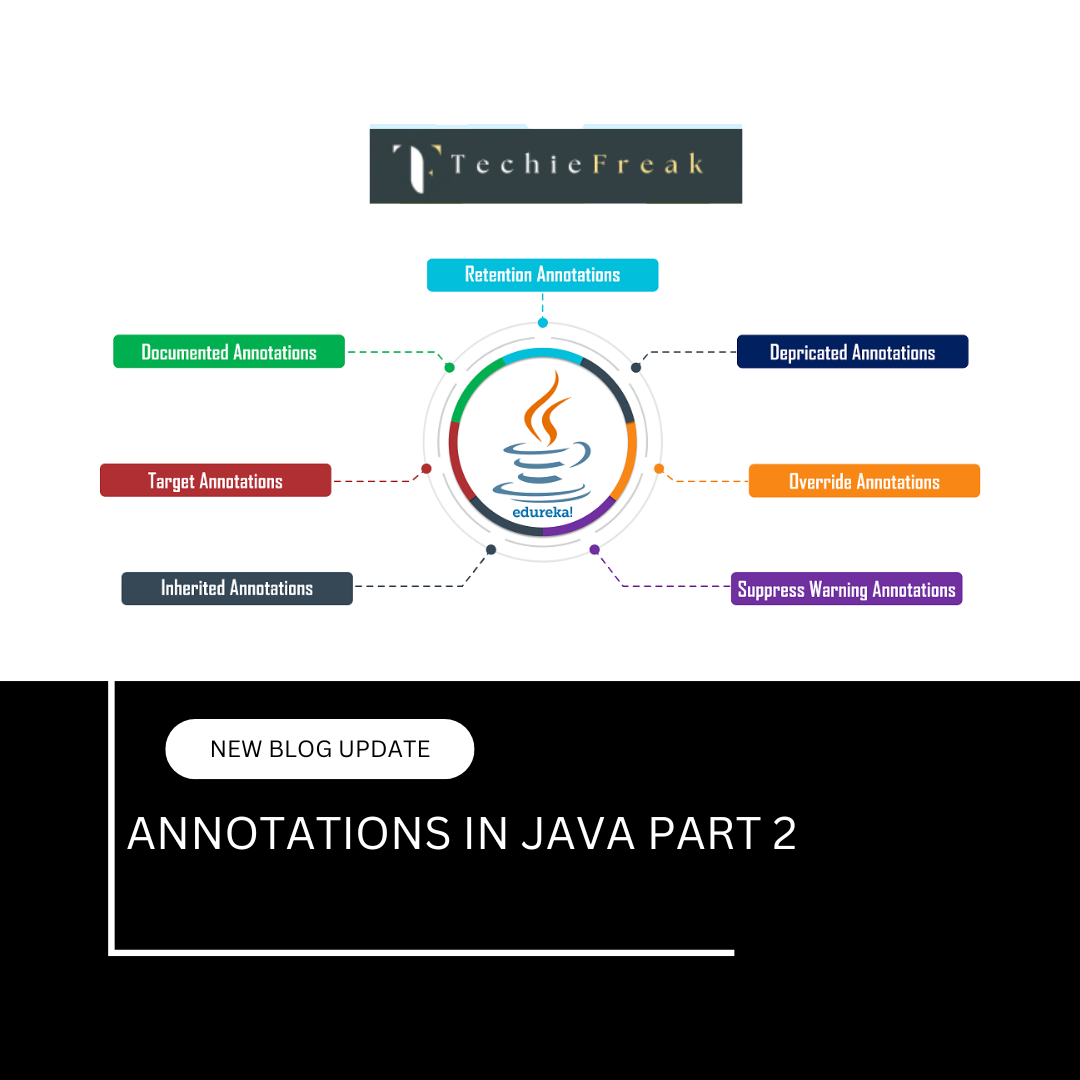

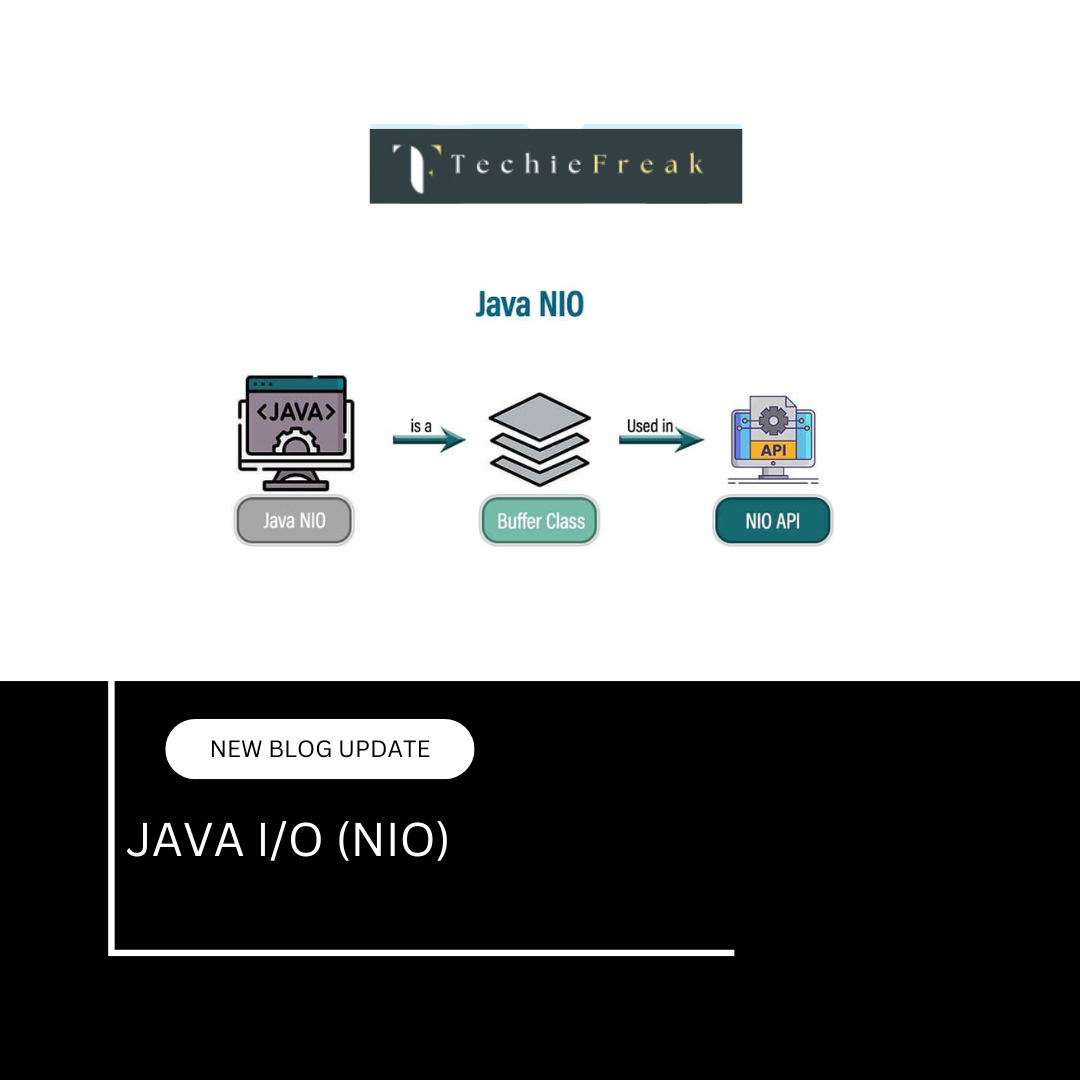
.png)
 (1).png)
 (2).png)
 (4).png)
 (5).png)
 (6).png)
 (9).png)
 (7).png)
 (10).png)
 (8).png)
 (10).png)
 (12).png)
 (13).png)
 (13).png)
 (15).png)
 (16).png)
 (19).png)
 (20).png)
 (21).png)
 (22).png)
 (23).png)
 (24).png)
 (25).png)
 (26).png)
 (27).png)
 (28).png)
 (29).png)
 (30).png)

 (31).png)
 (32).png)
 (54).png)
 (33).png)
 (34).png)
 (35).png)
 (36).png)
 (37).png)
 (38).png)
 (39).png)
 (40).png)
 (41).png)
 (42).png)
 (45).png)
 (46).png)
 (47).png)
 (48).png)
 (55).png)
 (50).png)
 (51).png)
 (52).png)
 (56).png)
.png)
 (44).png)
